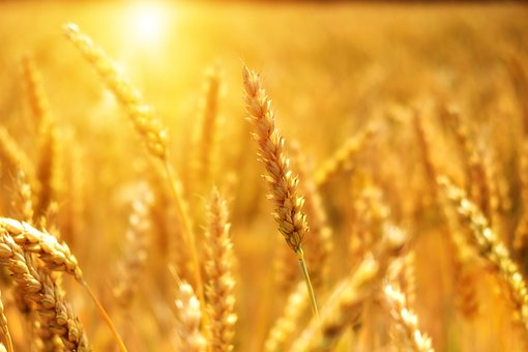From grain to bread
When you see rolling fields of grain, anyone thinks about how peoWhen you see rolling fields of grain, anyone thinks about how people ever came up to use the once sparse, hard-to-harvest grains of grass as food. No wonder, because that was thousands of years ago.
The tools used to grind and cook grain date back to prehistoric times, when almost everywhere in the world people collected oaks, ground them into flour between two stones and watered them in pots to remove the bitter substances. They then boiled the flour to a pulp.
With the dying of the oak forests, the grains of grasses, which were far more difficult to collect, gained in importance for nutrition. Agricultural measures have increased yields over the centuries. Cereals also made special demands on “food technology”.
Even in ancient times, grain was soured and baked into flatbread, the forerunners of our current breads. Until well beyond the Middle Ages, they paid special attention to the careful separation of bran from the grain. In wheat in particular, the miller’s art was to produce a flour that was as white as possible. The barn only went into cattle feed and was consumed by humans only during famines.
Modern analysis has shown that the marginal layers of the cereal grain, bran, contain antibodies that hinder the absorb of nutrients such as phytate in humans. Removing the outer shell and the time-consuming process of baking bread with long-term and multi-stage dough ripening breaks down these substances - making the grain healthier and more digestible.
Clues
The “break bread” is tasty and nutritious at school and at work.
Fresh bread with butter and a pinch of salt for the connoisseur.
Good bread tastes good on the first day and still tastes good on the fourth day - but different.
Author: Brigitte Neumann
imprint data privacy images by www.pixabay.com

